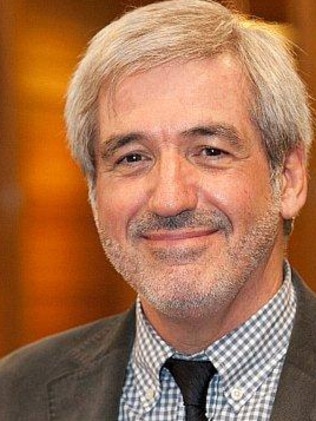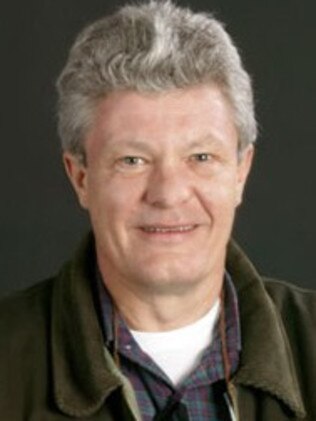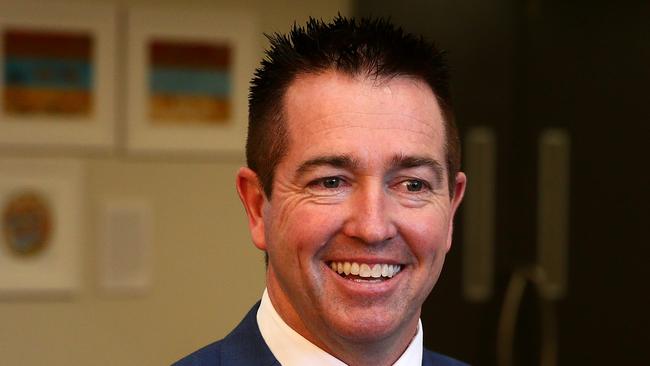NSW council amalgamation costs don’t add up experts say and government won’t release costings
“Despite the significant costs involved in these municipal mergers, together with substantial disruption and community division, amalgamated councils performed no better..” academics say.

Hornsby
Don't miss out on the headlines from Hornsby. Followed categories will be added to My News.
The State Government won’t reveal how much it is spending on barristers to force council amalgamations while launching a withering attack on Ku-ring-gai Council over its legal fees to fight a forced merger.
Hornsby state Liberal MP Matt Kean told the Advocate the issue is about “transparency” and mergers will save ratepayers money.
At the same time the State Government would not tell the Advocate how much it is spending in court or release the KPMG calculations which were used to justify savings made by merging councils.
The government-appointed chair of its inquiry into council mergers, UTS Adjunct Professor Graham Sansom, said the merger process was “seriously flawed”.
“I’m sure people will look back on this as a very sad and damaging episode in the history of NSW local government,” Prof Sansom said.

Dr Joseph Drew from UTS appeared as an expert witness in court action relating to forced amalgamations recently and outlined empirical problems with the methodology to assess councils last October.
“I drew attention to the large volume of scholarly work in the public domain and offered to assist the government to remedy problems with the process pro bono,” Dr Drew said. “The offer was not taken up by the government.”
Council mergers in America, France, Germany, Italy, Spain, Eastern Europe and elsewhere have not lived up to their claimed benefits according to Learning from Experience in NSW — a paper published in an economic journal this year.
“Despite the significant costs involved in these municipal mergers, together with substantial disruption and community division, amalgamated councils performed no better than their unmerged peers,” the paper said. “While the bulk of the empirical evidence shows that municipal mergers do not improve the performance of local authorities, Australian policymakers nonetheless continue to impose council amalgamation.
“Fact-free public policy making of the kind currently underway in NSW is a recipe for disaster.’’

Professor of Economics Brian Dollery from UNE Business School asked why the government ignored empirical evidence from about a dozen recent studies that “bigger is not better” and refuses to release the full KPMG calculations.
“What do they have to hide?” Prof Dollery said. “The whole thing is a pretence that it is an objective view (but) it’s just stupid politics.”
Research shows the best thing is shared services, Prof Dollery said.
“If you forcibly amalgamate two councils some services have an economy of scale and others a diseconomy of scale. Where there’s scale lets provide that on regional basis and where there is not don’t. (But) the developer lobby don’t like that.”
A paper Prof Dollery co-authored, No Aladdin’s Cave in New South Wales? Local Government Amalgamation, Scale Economies, and Data Envelopment Analysis Specification, said “the debate over the merger of NSW councils has moved from a rational argument based on empirically testable claims to an ideological contention that “big” is somehow “good”.”

Local Government Minister Paul Toole’s spokeswoman said each merger proposal was “informed by four years of consultation with NSW councils’ expert independent assessment, council merger preferences, and feedback from communities”.
“Three independent reviews conducted by Graham Sansom, IPART and KPMG all indicated similar results: that savings and efficiencies would flow from creating stronger councils,” she said.
“The decision to create new councils was based on the advice of delegates, who considered 45,000 public submissions across the state, as well as the comments of the Independent Boundaries Commission.
“The delegates were chosen because, given their knowledge and skills, they were well-positioned to make recommendations on whether each merger option should proceed based on an expert analysis of considerations such as the financial implications of creating a new council.
“The delegate’s report into the proposed merger of Ku-ring-gai and Hornsby Councils has found a stronger council will deliver significant financial and community benefits.”
Legal sources have told the Advocate the NSW Government legal team in its action against Ku-ring-gai Council includes one senior counsel, two junior barristers, two solicitors and half a dozen legal clerks and researchers appearing at each hearing since April, 2016.
Ku-ring-gai Council’s legal team is one senior counsel, one junior barrister, a solicitor and a supervising partner.


